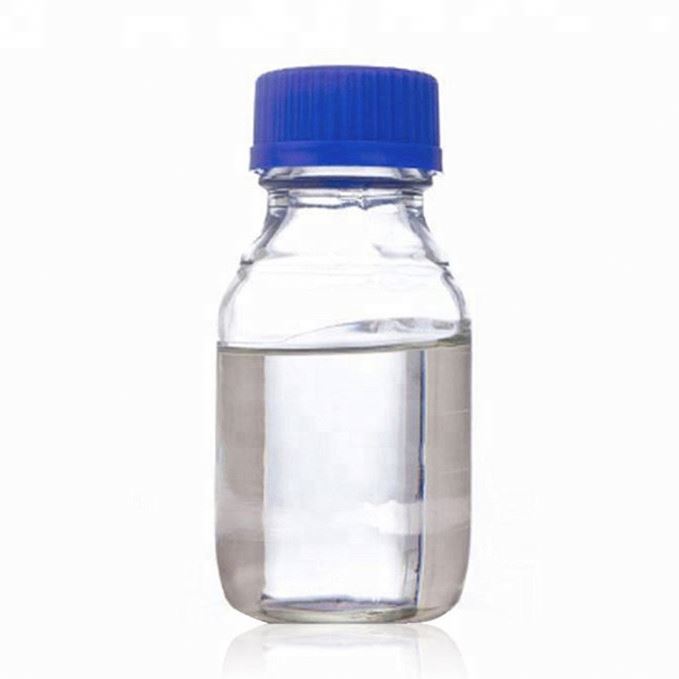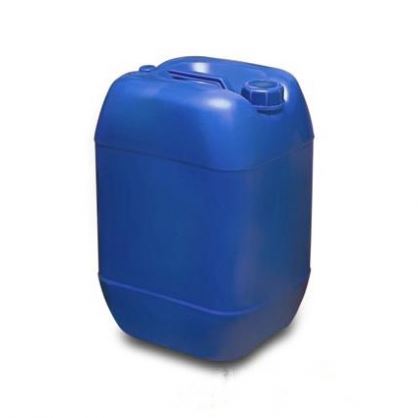Product Description
1-Octen-3-ol CAS 3391-86-4
-
3391-86-4
-
20004
-
Entrepreneur
-
Colorless to light yellow liquid
-
98% Min

Product name: 1-Octen-3-ol
CAS No.: 3391-86-4
Molecular Formula: C8H16O
Molecular Weight: 128.21
Purity: 98% Min
Grade: NSC87563 / BCP19092 / AI3-28627
Appearance: Colorless to light yellow liquid
Odor: at 10.00 % in dipropylene glycol. mushroom earthy green oily fungal raw chicken
Density: 0.837 g/cm3
Boiling Point: 84-85 °C/25 mmHg (lit.)
Melting Point: -49°C
Flash Point: 61 ℃
Refractive index: n20/D 1.437(lit.)
Other Names: Amyl vinyl carbinol / Vinyl amyl carbinol / 3-Hydroxy-1-octene / Octenol
Description:
1-octen-3-ol, octenol (also known as mushroom alcohol) is a kind of secondary alcohol. It can emit special smell that can attract the biting insects such as mosquitoes. It is contained in the breath and sweat of mammals, and seems to be appreciated by insects such as mosquitoes. It is mainly produced by some plants and fungi including mushrooms and lemon balm through oxidative breakdown of linoleic acid. It can be used in combination with carbon dioxide to attract the insects to kill them. In addition, it can also be used as a food additive and used in certain perfumes. However, in animal study, it could disrupt dopamine homeostasis, and might be potentially involved in Parkinsonism.
Features:
1. Scent Profile: The compound emits a distinct odor, often described as earthy and fungal with subtle floral undertones. This specific scent is a defining feature that attracts biting insects like mosquitoes.
2. Secondary Alcohol: As a secondary alcohol, octenol possesses a hydroxyl group attached to a secondary carbon atom, impacting its reactivity and behavior.
3. Natural Emission: Octenol is naturally emitted by mammals in their breath and sweat, suggesting a role in inter-species chemical communication.
4. Insect Attraction: One of its prominent features is its ability to attract biting insects, making it a valuable tool for studying insect behavior and developing pest control strategies.
5. Plant and Fungal Production: Octenol is produced by plants and fungi, including mushrooms and lemon balm, through the oxidative breakdown of linoleic acid.
6. Synergistic Attraction: When combined with carbon dioxide, octenol's effectiveness in attracting insects is enhanced, making it a key component in mosquito traps and insect repellent formulations.
7. Neurological Effects: Animal studies have suggested potential interactions with dopamine homeostasis, sparking interest in its neurological effects and potential implications for conditions like Parkinsonism.
8. Chemical Signaling: Its emission from mammals and its attractiveness to insects hint at its potential role in chemical signaling within ecosystems.
Applications:
1. Insect Attractant
Octenol is commonly used as an attractant in mosquito traps and insect repellent formulations. Its distinctive scent is highly attractive to mosquitoes and other biting insects, helping to lure them into traps or away from people.
2. Mosquito Control
Octenol is used in combination with other attractants, such as carbon dioxide, to enhance the effectiveness of mosquito control strategies. It can be utilized in both residential and commercial settings to reduce mosquito populations.
3. Flavor and Fragrance
Its unique aroma, often described as earthy and fungal with floral undertones, makes octenol a valuable ingredient in the flavor and fragrance industries. It can add complexity and depth to certain scents and flavors.
4. Biological Studies
Octenol's potential effects on dopamine homeostasis and neurological systems have led to studies exploring its interactions with these systems, offering insights into its potential therapeutic applications.
5. Agriculture
In some agricultural contexts, octenol is used as a component in pest management strategies to attract and trap specific insect pests, reducing the need for chemical pesticides.
6. Entomology
It finds applications in the study of insects and their interactions with various scents and chemicals, aiding entomologists in understanding insect behavior and developing pest management techniques.
7. Perfumery
Due to its distinct aroma, octenol can be used in perfumery to create unique fragrance compositions that include earthy and fungal notes.
8. Personal Care Products
It can be incorporated into personal care products such as lotions, creams, and shampoos to add a natural and unique fragrance.
9. Education and Outreach
Octenol's use in mosquito traps and educational programs raises awareness about mosquito-borne diseases and effective mosquito control strategies.
10. Sensory Experiences
Its aroma can be utilized to enhance sensory experiences in various contexts, such as scented candles or aromatherapy products.
11. Therapeutic Potential
While ongoing research is exploring its potential neurological effects, octenol might have applications in neurological and psychiatric research.
Storage: Store in a cool, dry place.
Package: 1kg/drum, 25kg/drum or as customer's request

